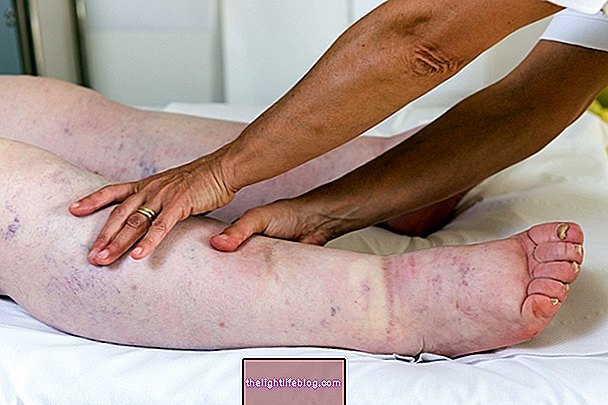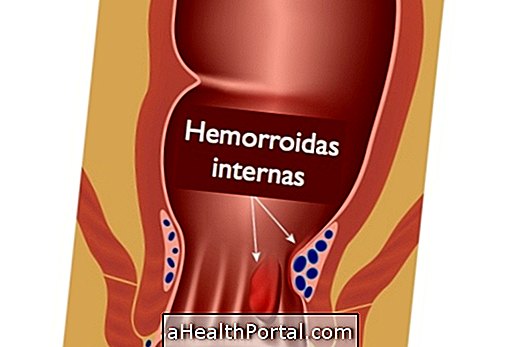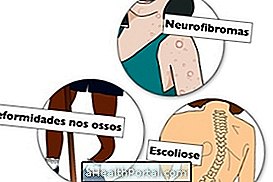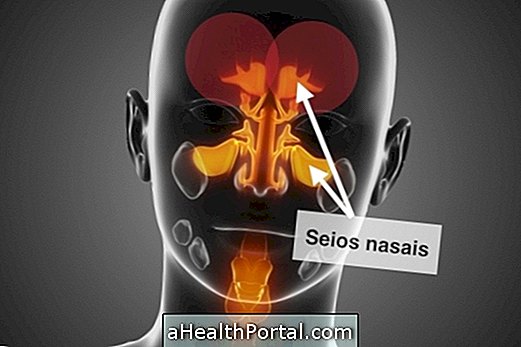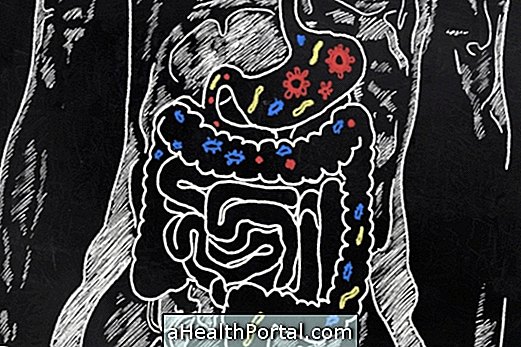Problems in the teeth, difficulty to walk and delay in the development and growth of the child are some of the symptoms of Rickets, a disease that affects the development of children's bones, leaving them fragile, soft and deformed.
Rickets can be diagnosed by the pediatrician through physical examination, and their main cause is deficiency in vitamin D, which affects the structure and development of bones. Treatment of this disease usually involves replenishing vitamin D with multivitamin complexes and foods rich in vitamin D, such as cod liver oil, salmon, horse mackerel or boiled egg, for example. Learn all about this disease in Understand what Rickets is.
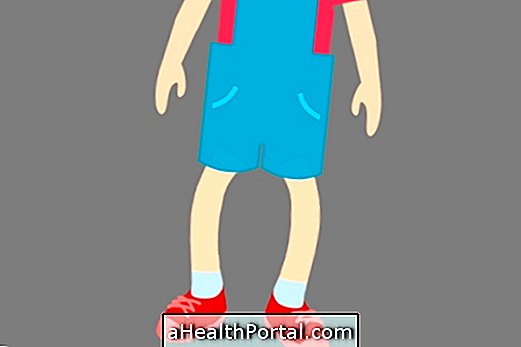
Main Symptoms of Rickets
The main symptoms of rickets usually include:
- Problems in the teeth, such as delayed growth of teeth, crooked teeth or fragile enamel;
- Reluctance of the child to walk;
- Easy fatigue;
- Delay in child development;
- Short stature;
- Weak bones, with a greater tendency to fractures;
- Bowing of the legs and arms;
- Thickening and deformation of the ankles, wrists or knees;
- Soft skull bones;
- Curvature and deformations in the spine.
In addition, when there is also a lack of calcium in the body, other symptoms such as spasms, muscle cramps and tingling in the hands and feet may also occur.
How Diagnosis Can Be Made
The diagnosis of rickets can be made by the Pediatrician, who will perform a physical examination to assess if the bones are soft, fragile, sore or deformed.
If the physical examination is abnormal and if the doctor suspects Rickets, he or she may request X-rays for the bones and blood tests that measure the amount of vitamin D and calcium in the blood.

